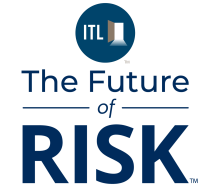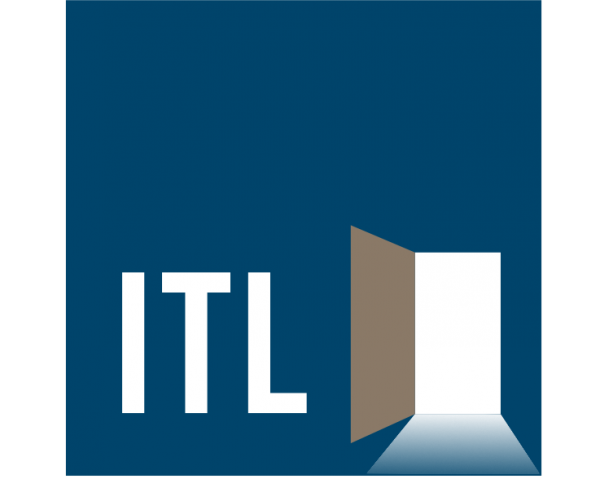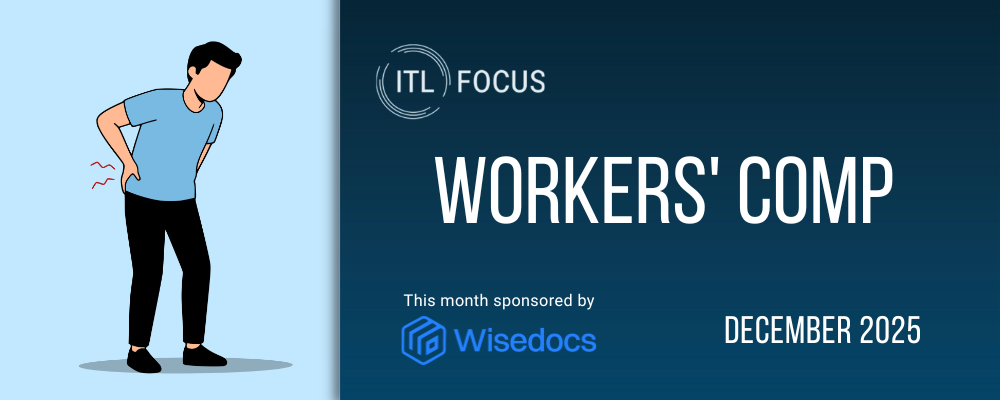Paul Carroll
There are so many exciting developments in drugs, testing and treatments in healthcare, but there’s little or no historical data about them. How do you provide the information that lets underwriters evaluate risk and develop pricing?
Colin Condie
Data is received from many sources, including insurance carriers, clients, and data vendors. This data is analyzed extensively, with a focus on the frequency and severity of claims and their underlying conditions and prescription drug histories. The predictive model algorithms examine condition categories and prescriptions that occurred in the past and their correlations with claims. Risk scores are then developed based on these relationships. These risk scores are then applied to current conditions and prescriptions of the group’s members to develop expected claims predictions for the group. The risk scores that are developed are then used by underwriters in developing premiums for the groups.
In cases where there is little historical information on drugs to rely on [i.e. a new drug], additional methods such as reliance on clinical data can be used when developing the risk score. The risk scoring models are then updated continuously as new data on drugs becomes available.
Paul Carroll
What are the most significant cell and gene therapy [CGT] developments and FDA approvals that industry professionals should be monitoring for potential market exposure?
Colin Condie
Currently, cell and gene therapy drugs are primarily targeting three main areas: rare genetic diseases, blood disorders, and certain cancers.
For blood disorders, there are treatments such as Hemgenix for hemophilia B and Roctavian for hemophilia A. For rare genetic disorders, there are treatments such as Skysona for neurodegenerative disorders [i.e. CALD], and Zolgensma for spinal muscular atrophy [SMA]. In oncology, there are treatments such as Kymriah for leukemia and Abecma for relapsed or refractory multiple myeloma.
Another significant area is retinal disease, where Luxturna is a cell gene therapy to treat vision loss that is caused by inherited retinal dystrophy.
Looking to the future, we're seeing an expansion beyond these traditional areas. New trials are focusing on conditions with greater prevalence than the current rare diseases that typically affect a small segment of the population. For instance, treatments are being developed for refractory angina (chest pain caused by reduced blood flow to the heart) and ischemic stroke (where blood vessels to the brain are constricted).
The future FDA approvals will continue to focus on familiar therapeutic areas while expanding into new areas such as muscular dystrophies and inherited conditions. Neurology is emerging as a new frontier, with gene therapies targeting inherited neurological disorders such as Alzheimer's.
About 80% of FDA approvals in the pipeline will be for specialty drugs, including cell and gene therapies. These specialty drugs are expected to cost on average between $200,000 and $400,000 annually, representing a continued shift toward innovative, high-impact, and high-cost therapies targeting rare diseases and chronic conditions.
Paul Carroll
How is machine learning technology helping underwriters navigate the complexities of healthcare data analysis?
Colin Condie
Machine learning, predictive modeling, and artificial intelligence are already making significant impacts. These technologies are particularly effective at identifying high-cost conditions and prescription histories and predicting associated costs based on this information via the risk score that is used by the underwriter.
One key application is analyzing data for "one and done" therapies. Unlike maintenance medications that require continuous administration, CGTs are generally designed as single-dose treatments. The artificial intelligence and actuarial models are used to estimate the expected occurrence and cost of these therapies, and this information is then reflected in the risk score.
In the early stages of CGTs, occurrence rates are relatively low, and therefore there may be insufficient claims data available to use as the basis to reflect their impact in the risk scores and the resulting prediction of future costs. Therefore, the focus is on identifying condition categories that might indicate where the therapy could be appropriate. Additional variables are analyzed, such as patient age, specific diagnoses, diagnosis codes, disease severity, and drug specific data such as FDA clinical trial information. Indicators of prior unsuccessful treatments are examined, as many cell and gene therapies are typically prescribed after other treatment regimens have failed.
There are also external factors that need to be adjusted for in the predictive modeling. For instance, some therapies may be ineffective for patients with certain antibodies and therefore an adjustment to the assumed frequency of the therapy may be required in the predictive modeling.
The main challenge is the limited availability of data. The focus is on gathering as much information as possible to determine the expected prevalence and costs for the CGTs, which includes an analysis of medical conditions. The machine learning tools help in the assimilation of data from different data sources from which accurate predictions can be performed by the models.
Paul Carroll
How much does AI reduce turnaround time in underwriting while maintaining actuarial integrity?
Colin Condie
The concept of automated underwriting and quick turnaround times has been a focus in the industry. The predictive modeling uses AI-based algorithms to generate risk scores that represent the predicted health status or morbidity of the members of a group. Along with other variables, the risk scores help determine expected future claims costs, creating a data-driven foundation for underwriting decisions that optimizes efficiency and accuracy.
With the predictive models, underwriting decisions can be automated for groups that are determined to be very low risk or very high risk based on the risk score that is generated. The predictive model results can also be used as an indicator when underwriter review is necessary. For example, the predictive model can flag cases where underwriter review is necessary, such as for a group that has one high-risk member driving the prediction while the other members of the group have low risk.
Paul Carroll
How will predictive models incorporate data from wearable devices and remote patient monitoring systems into underwriting processes over the next few years?
Colin Condie
It's interesting. Risk vendors currently base their predictions using health status [morbidity] risk scores based on historical medical and prescription data. Some risk vendors also incorporate lifestyle-related factors as predictors of risk, such as smoking habits, alcohol consumption, eating habits, exercise patterns, body mass index levels [BMI], and sleep behaviors. Predictive models that use wearable devices or remote patient monitoring [RPM] systems can provide both health status-based and lifestyle-based factors for vendors’ risk scoring models.
Predictive models that use wearable devices and remote patient monitoring systems analyze continuous streams of biometric data, including heart rate, blood glucose levels, blood pressure, respiratory rate, activity levels, and sleep patterns. Targeted interventions can be implemented for members based on these metrics.
Diabetic members can use AI-driven RPM devices to adjust insulin doses, which can lead to a reduction in hypoglycemic events. Wearables can identify heart rate irregularities, which can lower the risk of having a stroke. AI devices can analyze sleep patterns and heart rate to predict potential anxiety or depression episodes, which can lead to improved mental health treatment outcomes.
Paul Carroll
How accurate and effective are health risk scores in predicting medical costs and outcomes?
Colin Condie
Health status risk scores are accurate. Vendors that also generate lifestyle risk scores provide additional information in terms of the risk of the group over the longer term.
The accuracy of these AI-generated scores is continually evaluated through real-time studies, comparing predicted costs against actual claims data. The health status risk scores are evaluated by comparing the actual claims experienced with the claims that were predicted based on the risk score. The lifestyle risk scores are generally evaluated over a longer-term time horizon because the impact of lifestyle factors on claim costs generally occurs over a longer period (i.e. the number of years it takes for tobacco use to cause the onset of medical conditions). A challenge involves keeping pace with new drug approvals. Risk-scoring models require constant updating to include new drugs and their corresponding national drug codes [NDC]. Additionally, the models must account for evolving condition and drug cost and utilization patterns and incorporate scenarios where the claims experience is immature or infrequent.
An additional challenge is developing assumptions for CGT treatments that have limited frequency. For example, there haven’t been many CGT occurrences overall, and only a few of the approved therapies are widely used. When medical conditions are relied on to estimate the use of CGTs, a consideration is that the claims data may not have the specificity that is required to identify the ideal conditions for CGT treatment. To address these and other issues, data scientists, actuaries, and engineers analyze multiple data sources, including available medical and drug claims data and clinical drug trial information, to determine the impact on risk scores of future CGT utilization and cost.
Paul Carroll
Thanks, Colin. This is super informative.
About Colin Condie
 | Colin Condie is a senior healthcare actuary at Verikai, where he leverages his extensive actuarial expertise to enhance the company's risk adjustment solutions. With nearly three decades of experience in the field, Colin specializes in predictive analytics for both fully insured and self-insured markets, serving insurers, MGUs, stop-loss carriers, employer groups, and PEOs. Prior to joining Verikai in September 2024, Colin served as director and actuary at ExtensisHR for over seven years, where he developed a deep understanding of the PEO industry. His career also includes actuarial roles at Aon, AXIS Global Accident and Health and Munich Re, building a diverse background across consulting, insurance, and reinsurance sectors. Colin's expertise lies in data-driven decision-making, risk assessment, experience monitoring and reporting, and pricing models. At Verikai, he collaborates with cross-functional teams including product experts, data scientists and engineers to refine risk adjustment strategies and expand the company's presence in the fully insured and self-insured markets. A Rutgers University graduate with a bachelor’s degree in economics and an MBA in finance, Colin brings a unique blend of analytical skill and business acumen to his role. Based in Marco Island, Florida, he approaches actuarial challenges with both technical precision and a broader business perspective. |








